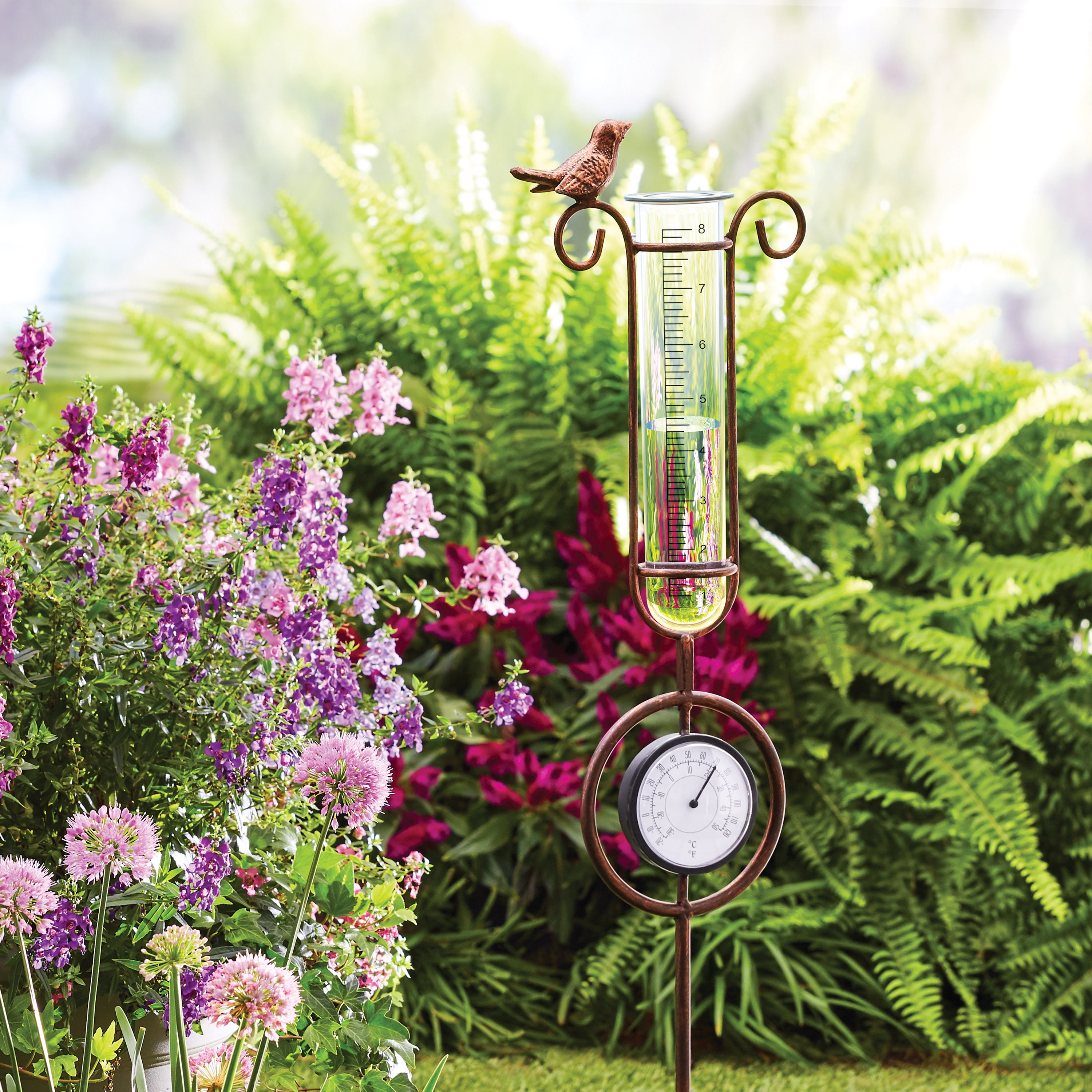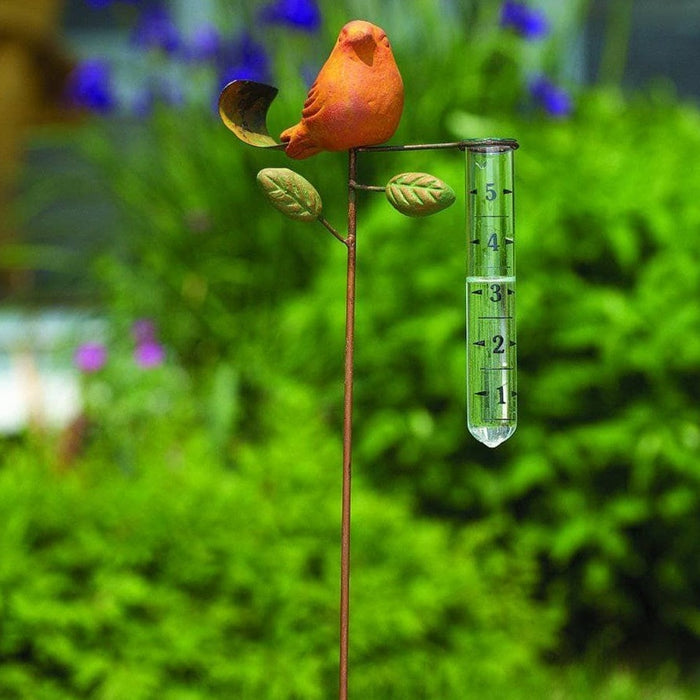The Rain Gauge: Enhancing Agricultural and Environmental Monitoring Efforts
The Rain Gauge: Enhancing Agricultural and Environmental Monitoring Efforts
Blog Article
How to Select the Right Rainfall Scale for Accurate Rain Information
Exact rainfall data is important for numerous sectors and tasks, such as farming, meteorology, and water source monitoring. To acquire reliable dimensions, it is necessary to select the best rainfall scale. This overview aims to supply important insights into the choice process, allowing you to make informed choices. Considering variables such as location, kind, and precision of the rain gauge will aid guarantee specific information collection. Furthermore, understanding the upkeep and calibration treatments will certainly contribute to the longevity and integrity of your rainfall gauge. By following these guidelines, you can make certain exact rainfall information, making it possible for far better decision-making and planning for various applications.
Importance of Choosing the Right Rainfall Gauge
The relevance of choosing the appropriate rain scale depends on obtaining trusted and accurate rains data for accurate atmospheric analysis. Rainfall information is vital for a vast array of applications, consisting of weather condition projecting, hydrological modeling, and environment research study. Unstable or inaccurate data can cause erroneous final thoughts and flawed decision-making procedures.

Second of all, the precision and precision of the rainfall gauge are paramount. The scale must be able to determine rainfall with high accuracy, capturing also little quantities of precipitation properly.
Moreover, the location and installment of the rain scale are crucial factors to consider. It ought to be placed in an open location, far from obstructions that might impact rainfall measurements. The scale ought to be placed at a proper height and angle to avoid splashing and ensure appropriate catchment of rain.
Aspects to Take Into Consideration When Selecting a Rainfall Gauge
When picking a rain gauge, there are a number of key aspects to consider. These elements can considerably influence the accuracy and reliability of the rains information collected. The initial factor to think about is the sort of rain scale. There are various kinds available, including standard rainfall evaluates, tipping bucket rainfall determines, and weighing rain assesses. Each type has its very own advantages and drawbacks, so it is very important to choose one that best fits your specific requirements and needs.
One more aspect to take into consideration is the product of the rainfall scale. Rainfall evaluates can be made from numerous materials, such as plastic, steel, or glass. The product picked need to be immune and long lasting to weather, making certain that the rainfall gauge will endure the elements and provide accurate dimensions with time.
Precision is likewise a vital variable to take into consideration. Seek rainfall evaluates that have been adjusted and tested for accuracy. Features such as anti-splash rings and funnels can also boost the precision of the measurements.

Lastly, take into consideration the climate and setting in which the rainfall gauge will certainly be used. Various rain determines appropriate for different environments, so it is essential to choose one that is ideal for the conditions in your area.
Different Kinds of Rain Determines Readily Available
To better discover the factors to think about when choosing a rain gauge, it is important to comprehend the different kinds of rain assesses readily available. There are several types of rainfall evaluates, each with its very own benefits and drawbacks. One of the most usual type is the typical rain gauge, likewise referred to as the cylindrical rain gauge. This kind is composed of a straight-sided cylindrical container with a funnel-shaped top. It is easy to utilize and gives accurate measurements of rainfall.
One more sort of rainfall gauge is the tipping pail rainfall gauge. This scale makes use of a seesaw-like system to gather and determine rainfall. As the rain drops into the scale, it fills out one side of the container, causing it to tip and empty the water. The variety of tips is counted online to establish the quantity of rainfall. Tipping bucket rain evaluates are preferred for their accuracy and ability to measure rains strength.
A 3rd kind of rain scale is the evaluating rain scale. This scale utilizes a balance system to gauge the weight of the gathered rains. As the rain falls under the gauge, it is accumulated in a container connected to an equilibrium. The weight of the water is determined, and the rains quantity is calculated based upon the weight. Weighing rainfall evaluates are highly exact however can be more costly and require normal maintenance.
Ultimately, there are also remote rainfall gauges that use progressed innovation to gauge rainfall (The Rain Gauge). These assesses usage sensors and transmitters to send out data wirelessly to a central device. Remote rain assesses are convenient for next checking rainfall in hard-to-reach areas or for large data collection
Exactly How to Establish the Accuracy of a Rain Scale
One method to analyze the accuracy of a rain scale is by conducting regular calibration measurements. Calibration involves comparing the readings of a rainfall gauge to a conventional measurement, such as a qualified rainfall gauge or a weather condition station with high accuracy. By comparing the measurements, any type of disparities or errors in the rainfall gauge can be identified and made up.
To conduct a calibration measurement, start by collecting rainfall data from both the rainfall scale and the common dimension tool over a details time duration, such as a month. After that, compare the analyses and compute the distinction in between them. This distinction is called the calibration mistake.
It is crucial to note that calibration measurements ought to be done consistently, as ecological aspects, such as wind, particles, and temperature level, can impact the accuracy of the rainfall gauge in time. By performing normal calibrations, any type of modifications in the accuracy of the rainfall gauge can be spotted and adjustments can be made accordingly.
Along with calibration, it is likewise suggested to clean and preserve the rain scale frequently to ensure its precision. Eliminate any particles or obstructions that might affect the precision of the measurements, and examine for any type of indicators of damage or put on that may call for repair services or replacement.
Tips for Keeping and Calibrating Your Rainfall Gauge
Normal maintenance and calibration are critical for making certain the precision and dependability of your rainfall gauge in determining rainfall data (The Rain Gauge). By adhering to a few simple tips, you can ensure that your rainfall scale is correctly try here kept and adjusted
To start with, it is essential to cleanse your rain gauge regularly to avoid any particles or dirt from obstructing the rainfall collection mechanism. Use a soft brush and a light detergent to carefully cleanse the within and beyond the gauge. Wash it extensively with clean water and enable it to completely dry entirely prior to reinstalling it.
Secondly, it is suggested to adjust your rain gauge at the very least annually. Calibration entails contrasting the measurements of your rain gauge with those of a relied on and exact referral scale. This will aid you identify and deal with any potential errors in your rain gauge's measurements.
To calibrate your rainfall scale, gather a well-known quantity of water making use of a measuring container and contrast it with the dimensions recorded by your rain gauge. Adjust the readings accordingly to ensure accuracy.

Final Thought
In conclusion, choosing the best rainfall gauge is critical for obtaining precise rains information. Elements such as spending plan, purpose, and place need to be thought about when selecting a rainfall scale.
There are various kinds readily available, including standard rain evaluates, tipping bucket rain evaluates, and evaluating rainfall assesses.To further discover the elements to think about when selecting a rain gauge, it is essential to understand the different kinds of rainfall assesses readily available. The most usual my website kind is the common rainfall gauge, also understood as the round rainfall gauge.Another kind of rainfall scale is the tipping bucket rain gauge. Calibration involves comparing the analyses of a rainfall gauge to a standard measurement, such as a certified rain scale or a climate station with high accuracy.
Report this page